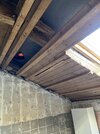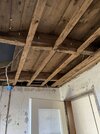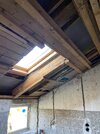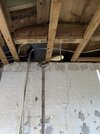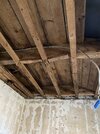Sorry, this isn't exactly what you were asking (and you're probably aware already!) but, particularly as it's a bathroom below, just check that the rafters aren't in danger of getting damp due to the insulation causing condensation to form around the rafters. If you've not thought of it: you could protect the rafters with a really securely sealed vapour membrane, which would go under the rafters and insulation and above the plasterboard (watch the screws) and a really good fan / nearby dehumidifier would be protective too. Apologies if I'm pointing out something you're well aware of.
The benefit of board over fiberglass is that boards are thinner than fiberglass for the same amount of insulation/ same u-value. So you'd need a much thicker slab of fiberglass to insulate as well as a board - I'm really inarticulate today, hope that made sense! If space isn't an issue, fiberglass is cheaper. Fiberglass is pretty unpleasant to handle (you'd probably want a mask, definitely want gloves, and you'd want a shower after touching the stuff) whereas board is nice to handle, in my opinion because you don't need gloves or to shower to get rid of the horrid little bits of glass. You also have the (more expensive but much more convenient) option of insulated plasterboard where the plasterboard is already attached to the board insulation. Might be useful as you're going to be working over your head?

